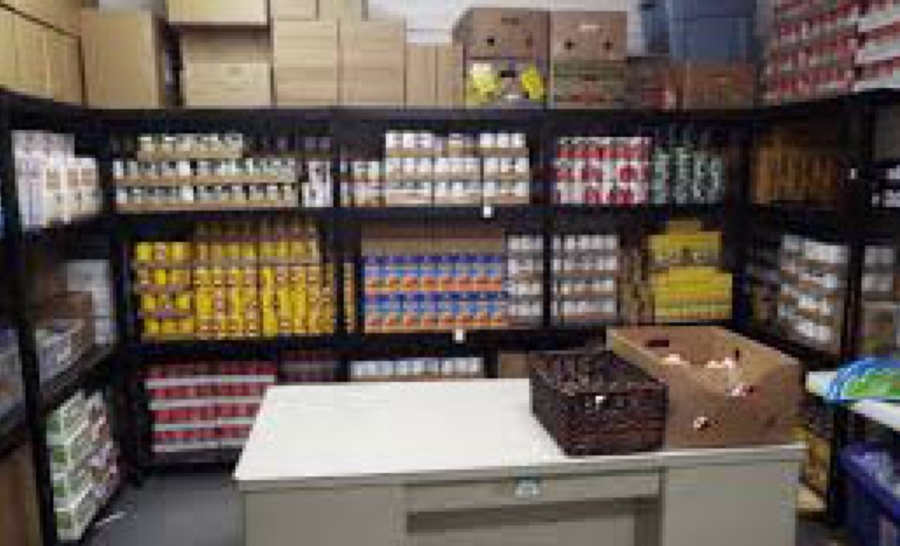Scaling Success: Lessons From the ASAP Expansion at Bronx Community College
ASAP was designed to improve completion rates by providing wraparound services for eligible students, including financial, academic, and personal support.
PLOS One / August 2020

Comprehensive assessment of food insecurity across all college community members is lacking. This research surveyed a random sample of an entire campus population at a Northeast University in two surveys (spring 2017, n = 1,037 and fall 2017, n = 1,123). Analysis of variance, t-tests, and multivariable logit models were used to understand food insecurity outcomes and comparisons among groups. The overall rate of food insecurity on campus was 19.6% (spring) and 15.0% (fall). Food insecurity rates were highest among undergraduates, graduate and medical students, and staff as compared to faculty. First generation students and off-campus students were also more likely to be food insecure in both surveys, while people of color were more likely to be food insecure in the spring survey. Findings suggest university members beyond undergraduates also face high rates of food insecurity, which has important implications for efforts to reduce food insecurity on college campuses.